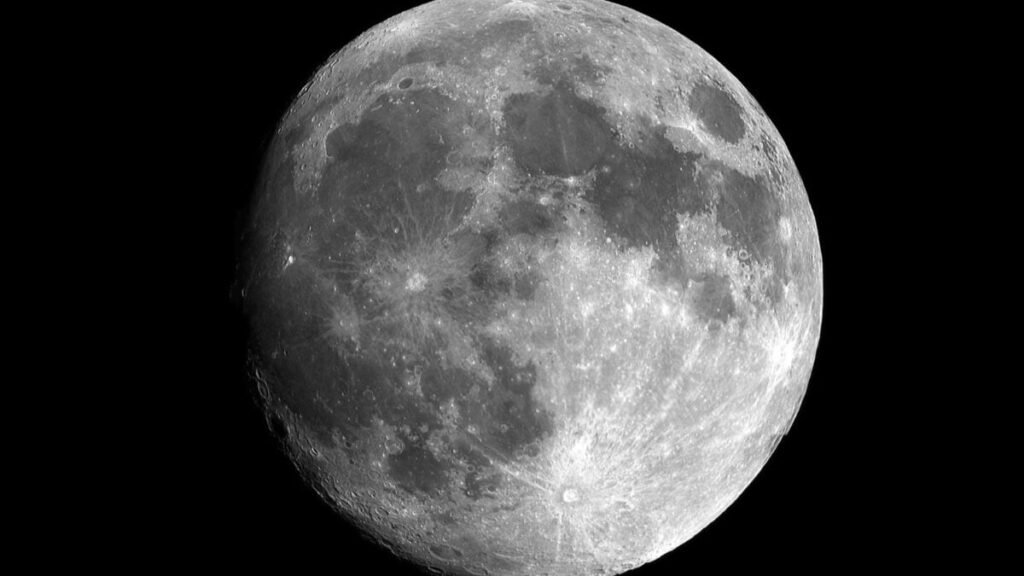The Enigmatic Second Moon Expected to Orbit Earth in the Upcoming Decades

Believe it or not, our planet does not travel alone around the Sun. A rock only a few dozen meters in diameter moves alongside us, following a trajectory almost identical to Earth’s. Recently identified by NASA, this body will remain by our side for almost six more decades, challenging the limits of what we thought we knew about the movement of celestial bodies.
### A Celestial Phenomenon that Leaves Astronomers Baffled
The new companion of Earth was first detected by a team from the University of Hawaii during a routine study of the night sky. At first, it seemed like just another asteroid, but orbital analyses revealed something surprising: the small body, named 2025 PN7, moves in perfect synchrony with our planet around the Sun.
Unlike the Moon, this object does not orbit Earth directly. However, its trajectory is so aligned with ours that from our perspective, it appears to follow us in a delicate cosmic balance. This is why scientists classified it as a “quasi-moon,” a rare category that describes bodies that share Earth’s orbit without being trapped by its gravity.
### A Silent Companion for Decades
Simulations indicate that 2025 PN7 has been traveling alongside us for the past sixty years, undetected until now. Its small size—just a few dozen meters in diameter—explains why this phenomenon went unnoticed for so long.
Researchers estimate that the rock will continue to accompany Earth until the year 2083. Then, its orbit will gradually deviate, and the object will follow its own path around the Sun. Despite its proximity, there is no risk of collision: its trajectory is stable and perfectly predictable within the gravitational influences of the Sun and nearby planets.
From Earth, its movement creates a unique optical illusion. Sometimes it appears to approach, other times to recede, disappearing from astronomical radar for periods, only to reappear as a persistent traveler who refuses to leave us.

### What the “Second Moon” Reveals about the Balance of the Cosmos
Studying these quasi-moons allows astronomers to better understand the complex interactions between the gravity of the Sun, Earth, and other planets. These small bodies act as natural laboratories that show how temporary equilibrium zones—called resonance points—are created, where objects can remain trapped for decades or even centuries.
Furthermore, gaining a better understanding of these movements is crucial to improving orbital prediction models and tracking potentially hazardous asteroids. What may seem like just an astronomical curiosity today could, in the future, help design safer and more precise space missions.
The discovery of 2025 PN7 not only reminds us of how little we still understand about our cosmic neighborhood but also invites us to look at the sky with a new perspective. Perhaps Earth does not have just one moon after all… but a silent companion traveling with us, invisible to most, yet faithful in its journey around the Sun.






